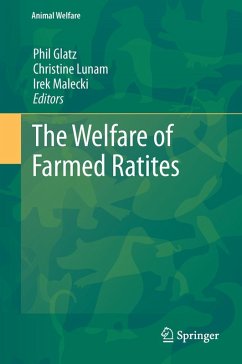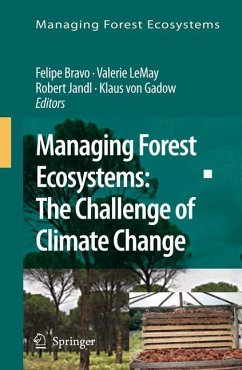
Sustaining Young Forest Communities
Ecology and Management of early successional habitats in the central hardwood region, USA
Herausgegeben: Greenberg, Cathryn; Collins, Beverly; Thompson III, Frank
Versandkostenfrei!
Versandfertig in 6-10 Tagen
113,99 €
inkl. MwSt.

PAYBACK Punkte
57 °P sammeln!
This edited volume addresses a rising concern among natural resource scientists and management professionals about decline of the many plant and animal species associated with early-successional habitats, especially within the Central Hardwood Region of the USA. These open habitats, with herbaceous, shrub, or young forest cover, are disappearing as abandoned farmland, pastures, and cleared forest patches return to forest. There are many questions about "why, what, where, and how" to manage for early successional habitats. In this book, expert scientists and experienced land managers synthesize...
This edited volume addresses a rising concern among natural resource scientists and management professionals about decline of the many plant and animal species associated with early-successional habitats, especially within the Central Hardwood Region of the USA. These open habitats, with herbaceous, shrub, or young forest cover, are disappearing as abandoned farmland, pastures, and cleared forest patches return to forest. There are many questions about "why, what, where, and how" to manage for early successional habitats. In this book, expert scientists and experienced land managers synthesize knowledge and original scientific work to address questions on such topics as wildlife, water, carbon sequestration, natural versus managed disturbance, future scenarios, and sustainable creation and management of early successional habitat in a landscape context.












